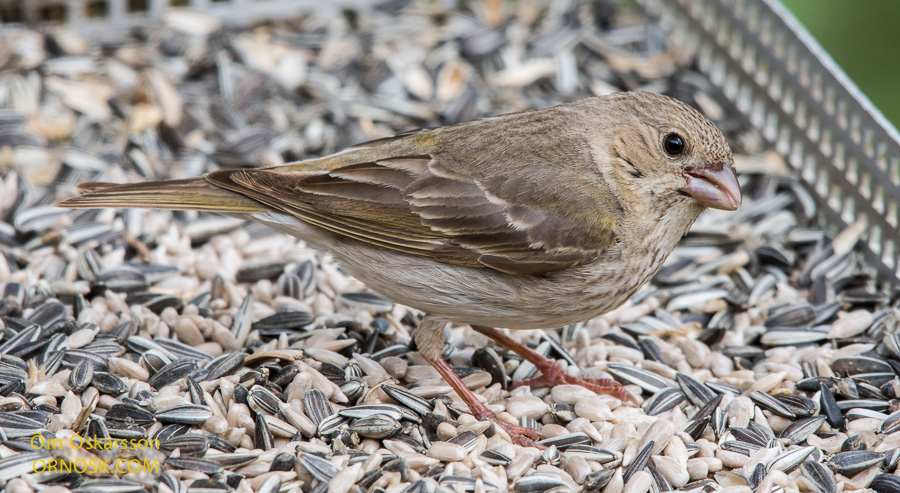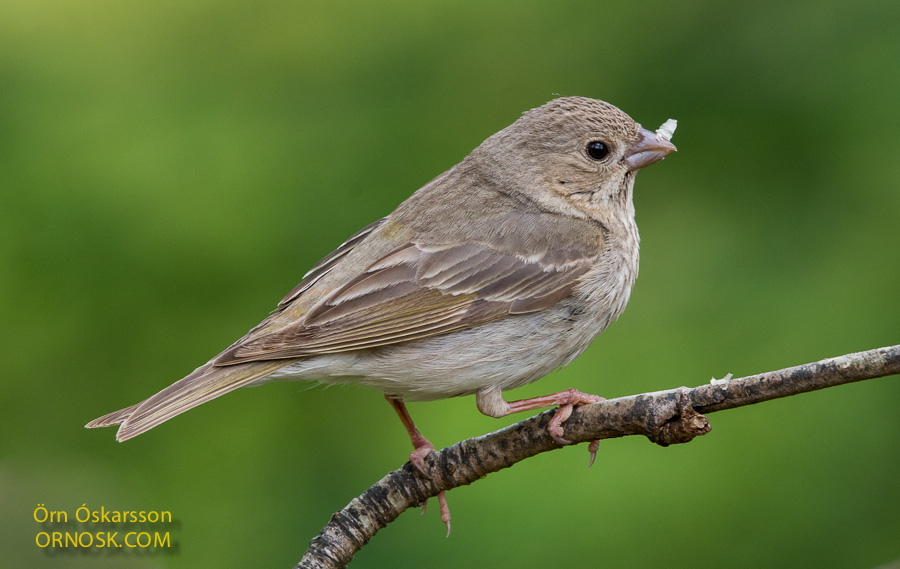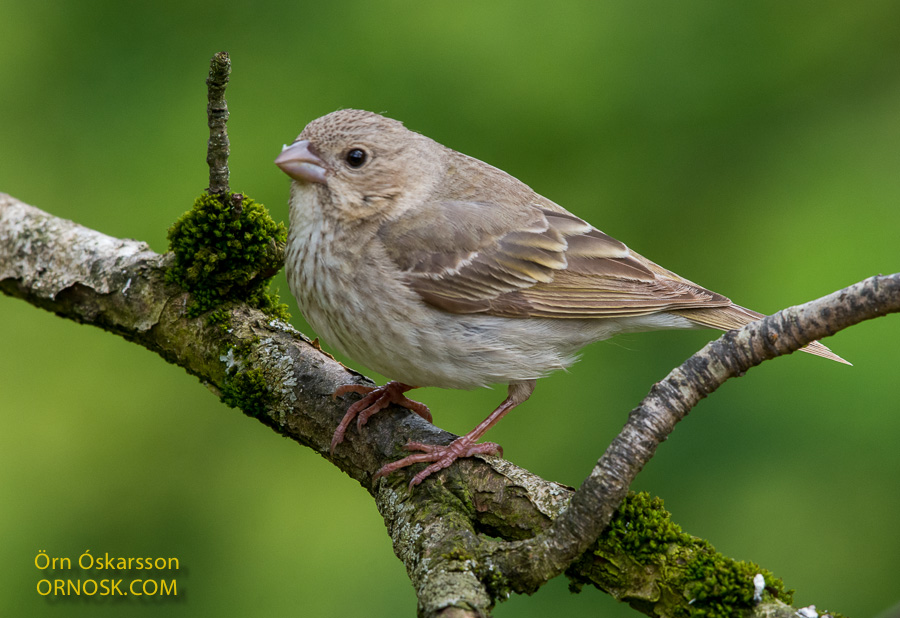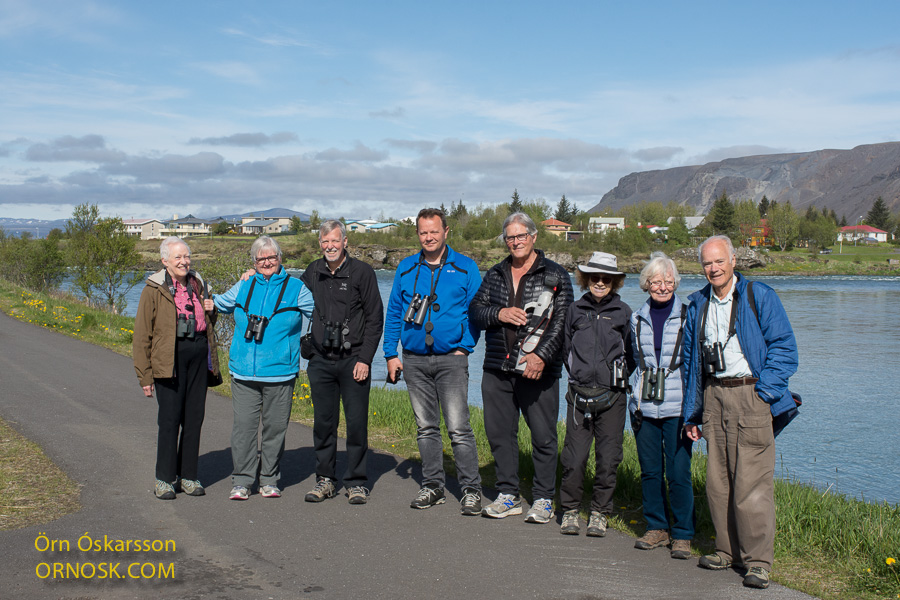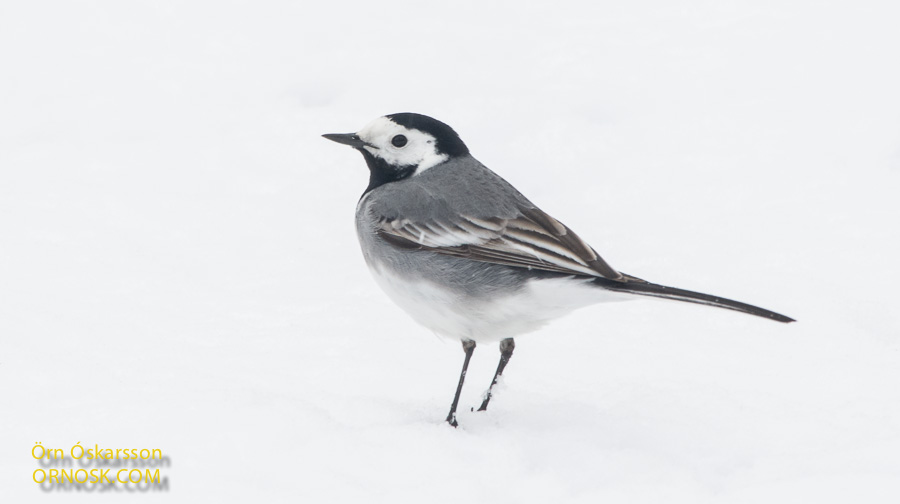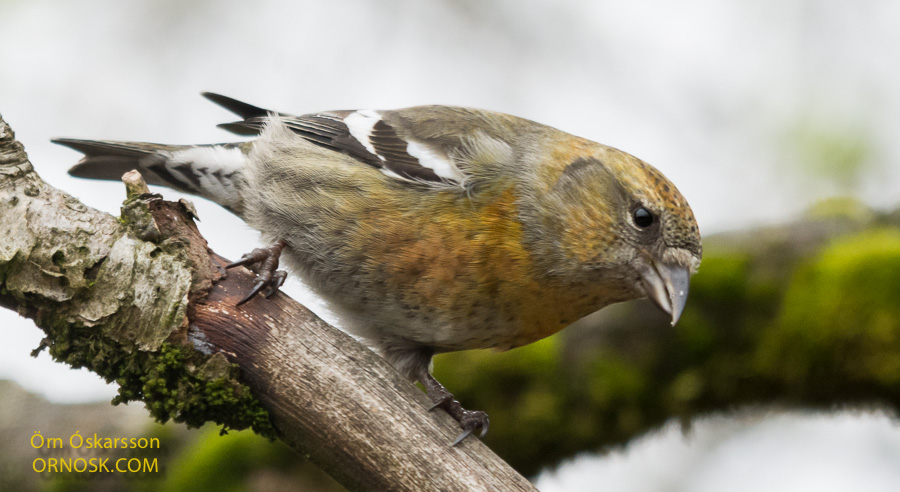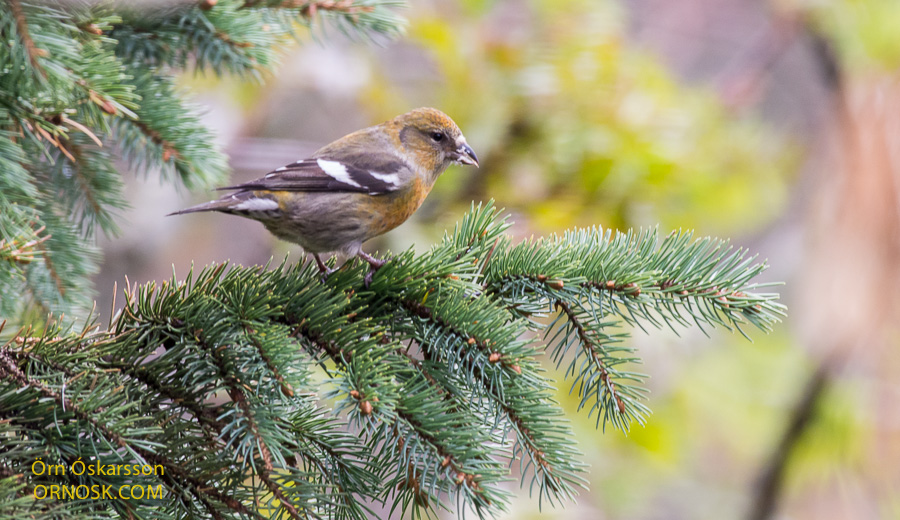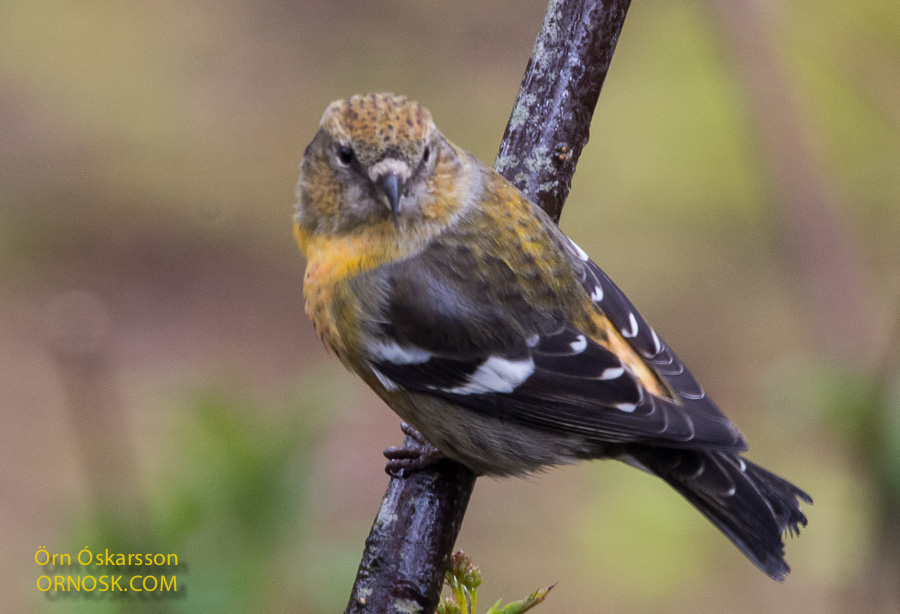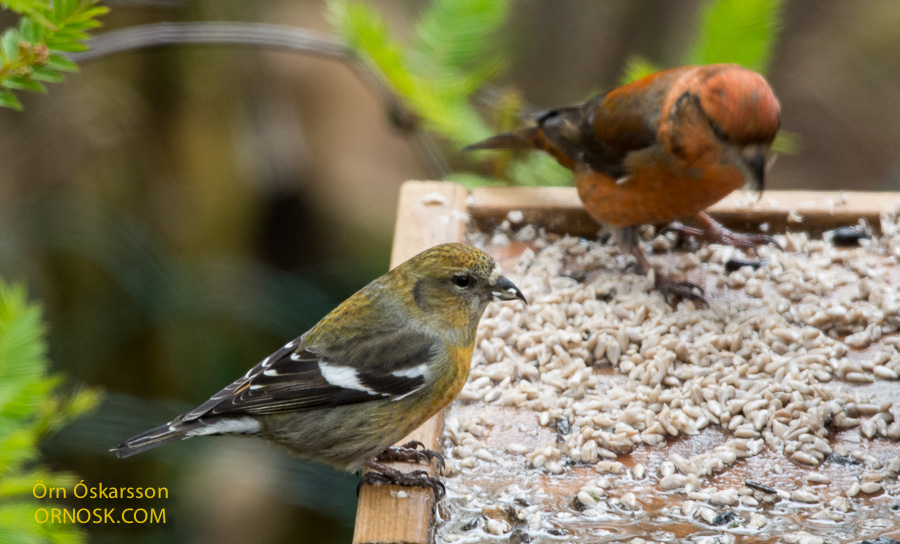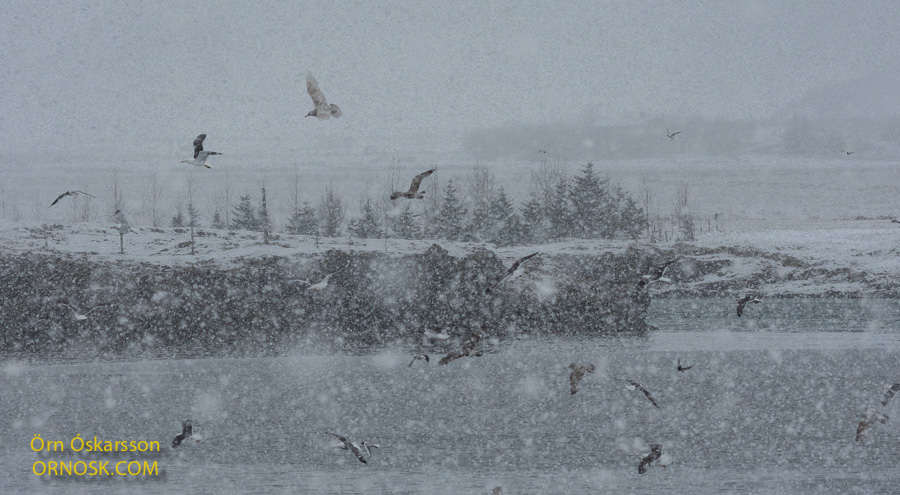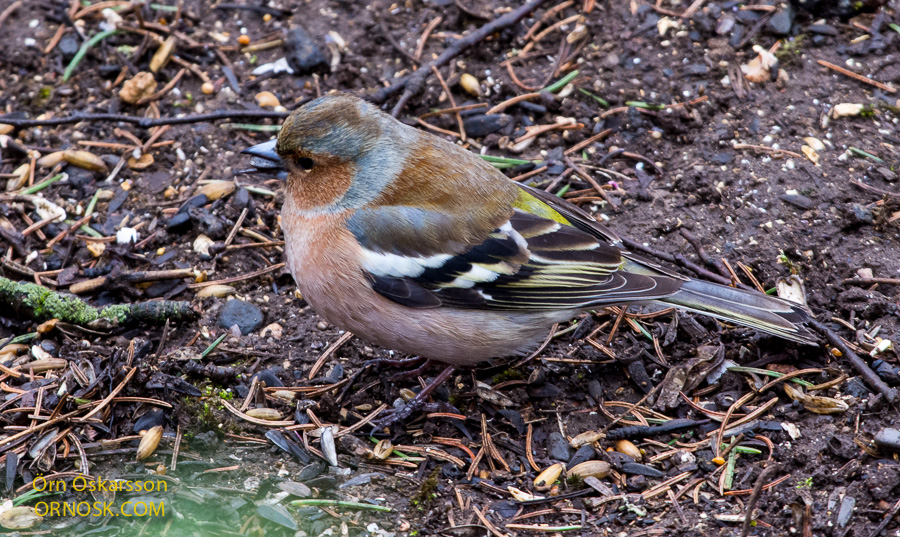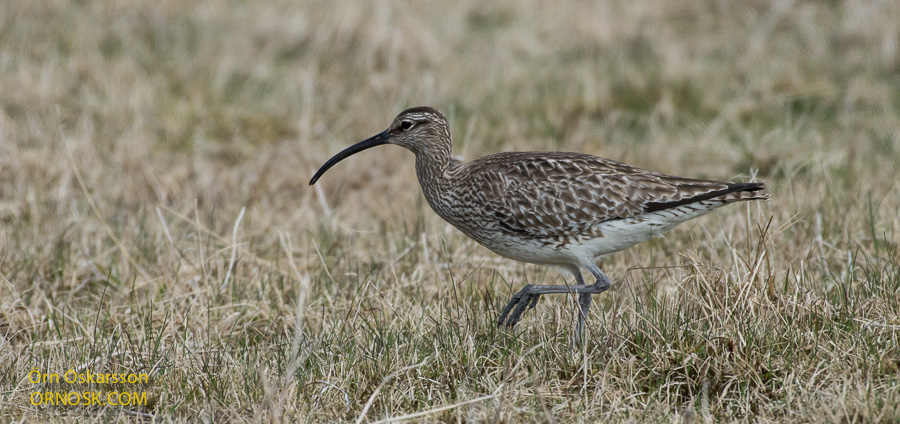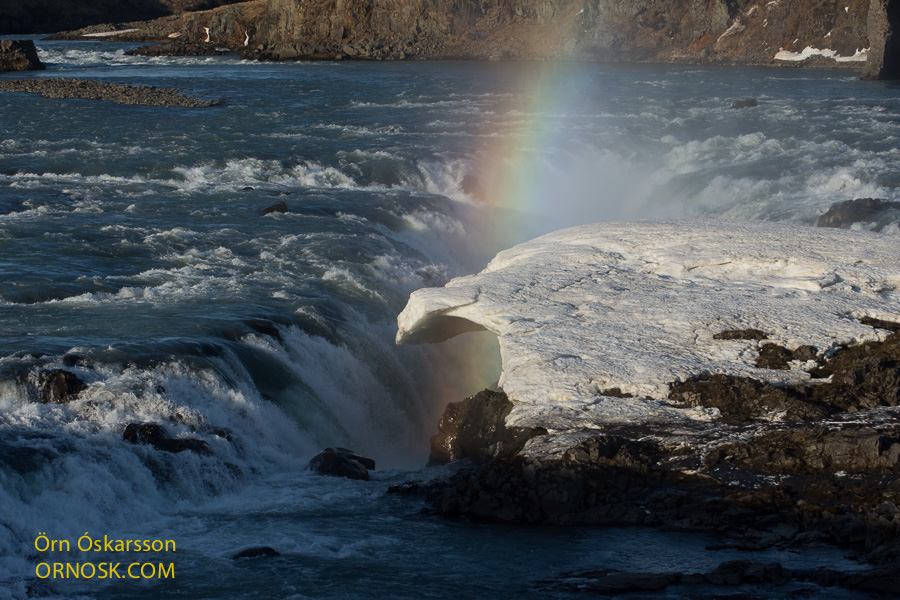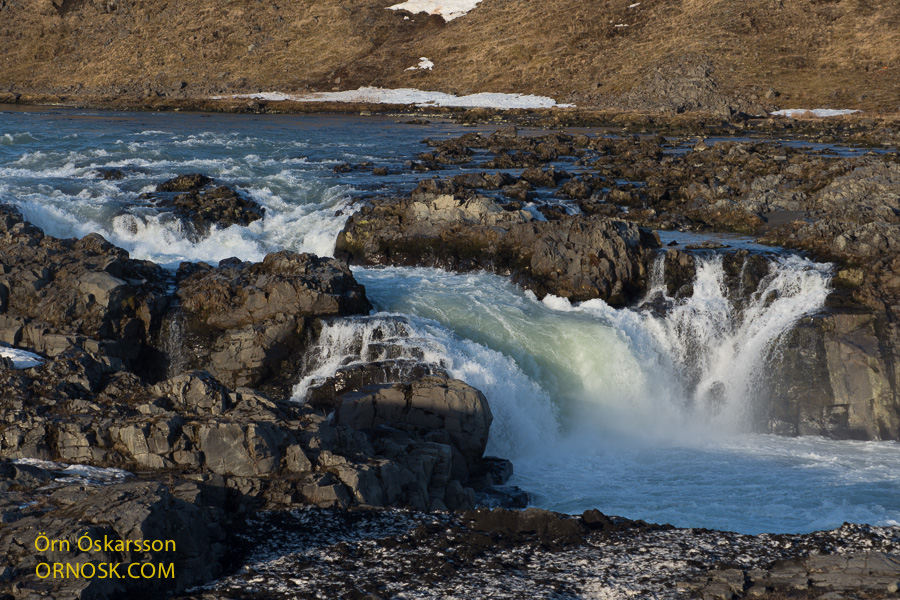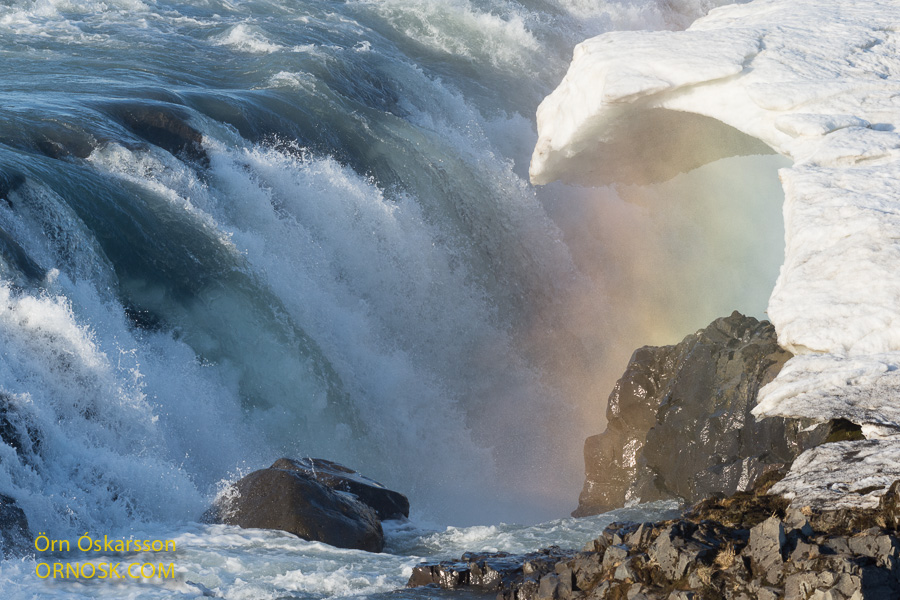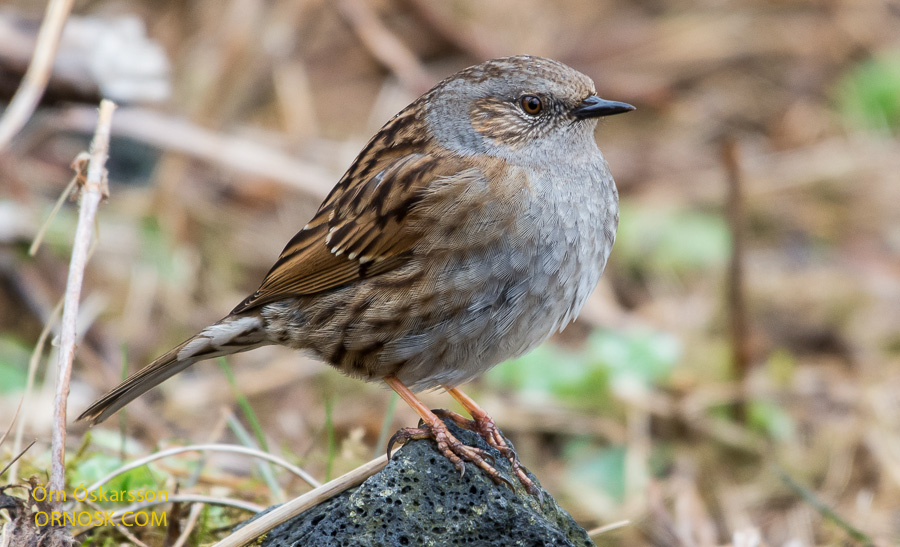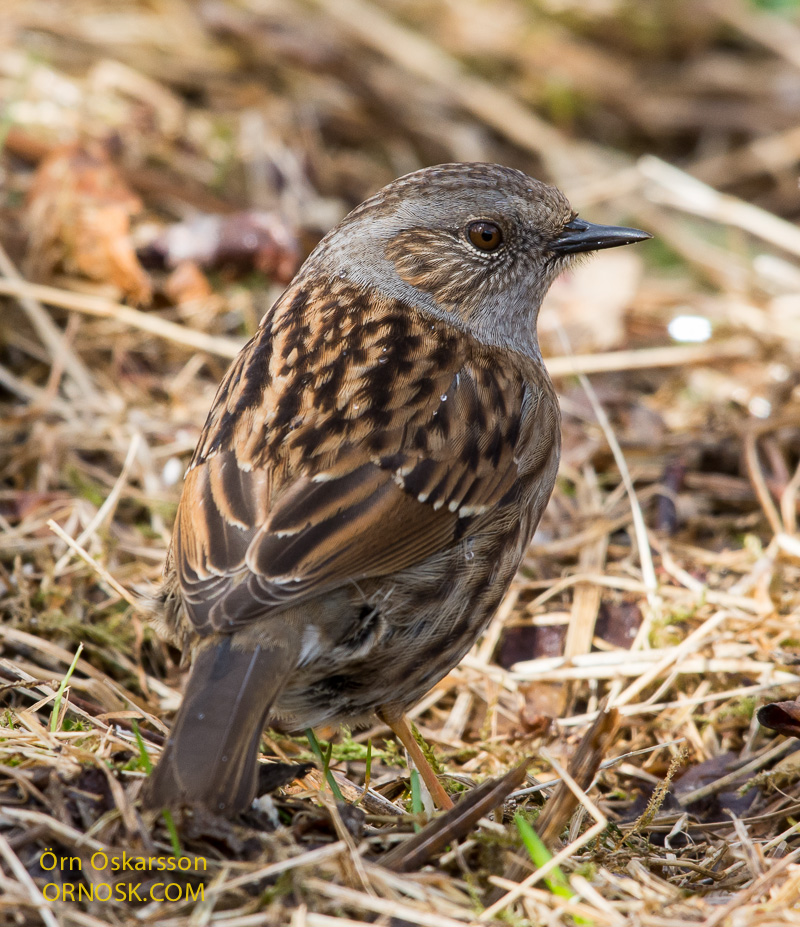
It is quite extraordinary how many birds visit the garden when feed is made available to them in summer. This female Rosefinch has been in our garden for several days but the same bird was probably spotted in another garden in Selfoss last week.
The Rosefinch is a rare vagrant in Iceland. It is originally an Asian bird but has been spreading westwards to Europe in recent decades. It breeds in most of northern Asia, all the way to Scandinavia. In winter it migrates to Southeast Asia.
The female is brownish is colour whereas the male is very spectacular with a scarlet head, breast and rump.

